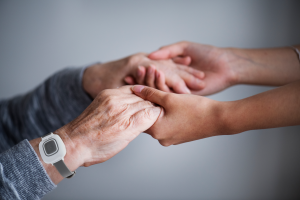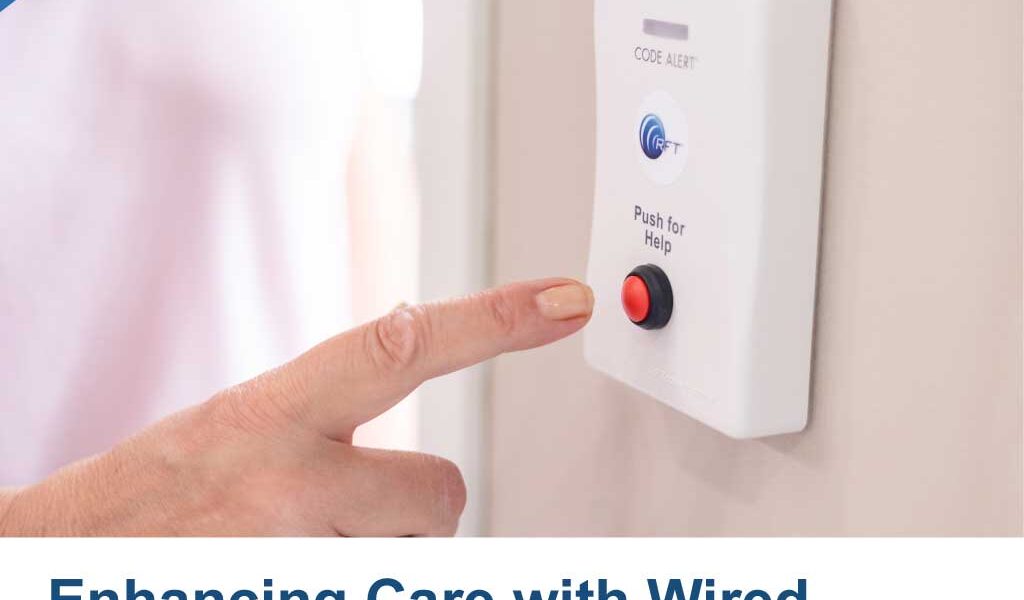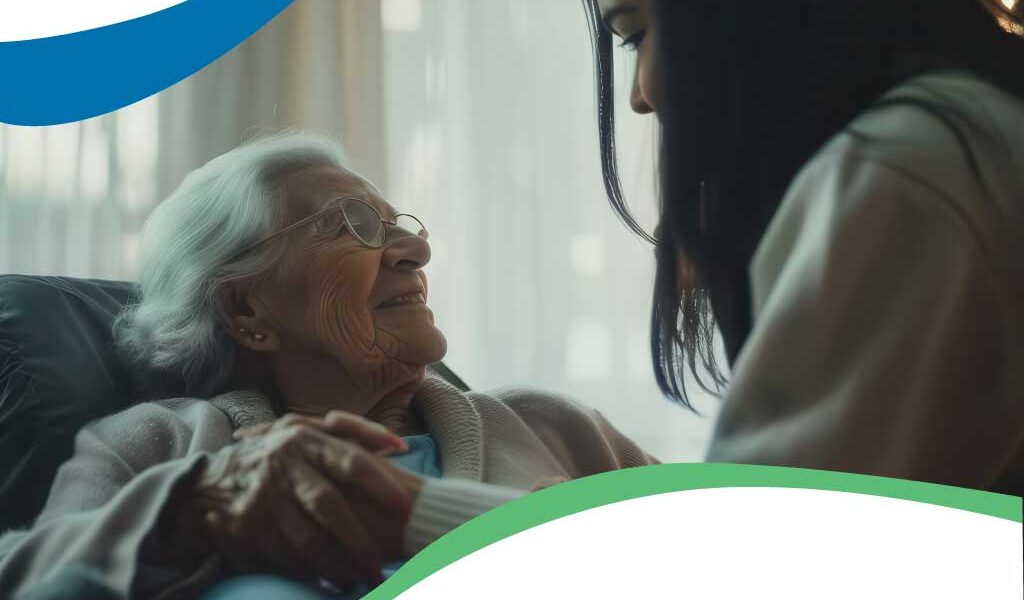
Knowing Industry Standards for Nurse Call and Emergency Call Systems
By Paul Larson | Updated 7/20/2021
Nurse call and emergency call systems have an essential role in senior living facilities. They provide a crucial communications channel between residents and caregivers and enable a facility to efficiently provide for the health and safety of their residents in a cost-effective manner.
Given that call system are so important, safety and performance standards have been created specifically for the nurse and emergency call systems used in skilled nursing and assisted living communities. These standards include 2 Underwriters Laboratory (UL) standards:
- UL 2560 for Emergency Call Systems for Assisted Living and Independent Living Facilities
- UL 1069 for Hospital Signaling and Nurse Call Equipment
UL 2560 was introduced in 2011 to address the operational requirements of emergency call systems intended for use in non-acute care settings. This type of call system is typically found in senior living environments and focuses mainly on wireless systems.
UL 1069 applies more to traditional nurse call equipment found in hospital environments, though it does allow for portions of that system to be wireless. Since the seventh edition’s introduction in 2007, some states have mandated that any nurse call system used in a skilled nursing environment must meet the UL 1069 standard. While most states do not currently have legal requirements, each year more states are adopting and beginning to enforce the requirement of a UL 1069 nurse call system.
This white paper will explain more about how the UL 2560 and UL 1069 standards could affect your choice in wireless emergency and nurse call systems for your senior living community. Continue reading to understand industry standards for nurse call and emergency call systems.
What Makes a Wireless Call System UL 1069 Edition 7 Certified?
The full UL 1069 standard covers many topics related to nurse and emergency call systems, including construction, performance, tests, and marking. There are 50 different sub-sections within the published standard itself, detailing everything from battery performance to drop tests, with the seventh edition adding specifics on wireless device operation.
To summarize, the key attributes of a UL 1069 certified nurse call system include:
- Call annunciation at a nurse’s station
- Call annunciation at dome lights: Even for wireless call systems, a corridor or dome light must indicate that a call for help has been placed, providing redundant visual notification of calls.
- A call placed indicator on the patient call stations and pendants
- Caregivers must reset the call at the calling station or pendant
- Audible and visible zone annunciation
- AUL 1069 certified system must also notify staff of a system problem within 15 seconds of it occurring. Timely notification of faults is critical because a system fault may prevent a resident from placing a call for help in an emergency, which could result in an injury or death.
What Makes UL 2560 Different from UL 1069?
Vendors that are certified to either UL 2560 or UL 1069 go through extensive product testing. In fact, the signaling and receiving operation for call devices are tested more than 100,000 times. Compliance with these standards offers many benefits for senior living communities, including longer product lifetimes, high durability, and safety and performance in high humidity and oxygen-rich environments. That said, because UL 2560 was created for non-acute care environments, such as independent and assisted living communities, its certification requirements are different from UL 1069, which was created principally for hospitals.
UL 2560 has several notable system design requirements versus the UL 1069 standard:
- At least one “central notification station,” meaning the system must have a fixed location, such as a computer station, where all resident calls are processed.
- At least one fixed emergency call device, such as a pull cord, in all resident rooms and common areas. Pendants or other mobile devices may also be used as long as they meet the standard’s performance requirements.
- A call placed indicator on the call stations and pendants.
- Call reset must be completed at the call station or pendant.
- No dome lights are required in UL2560. This is much more in line with generating a home-like environment for senior care than the institutional look created by dome lights.
- Systems require the use of backup power supplies for all non-battery-powered equipment. UL 1069 has no such requirement.
- UL 2560 requires specific audibility tests of sound outputs, UL 1069 has no such requirements.
- UL 1069 specifically addresses equipment being used in oxygen-rich environments, UL 2560 does not.
Does My Call System Have to be either UL 1069 or UL 2560 Certified?
The short answer is it really depends on where your community is located. We highly recommend that you contact your authority having jurisdiction, or AHJ, regarding the requirements for your wireless call system in your local area. If you are unsure of who your AHJ is for nurse and emergency call systems, a good place to start is your county or state health departments and building departments, since there is no single source listing every possible AHJ. Wireless call vendors, consultants, architects, and other senior living communities in your area are also good resources for information on local and state AHJs.
Selecting a Vendor for a Wireless Call System
Whether or not your state requires a UL 2560 or a UL 1069 certified system, there are some important system features to keep in mind when selecting a solution provider. Given the critical performance that nurse and emergency call safety systems deliver, while there are several manufacturers who claim to have UL-certified call systems, each provider is different; considering some key items can help maximize the value of your wireless call system investment.
- Fully Certified Solution: UL 2560 and UL 1069 approved vendors that have gone through the appropriate testing will have a document called an “Authorization to Mark” that should list all of the types of call stations that are certified. Some vendors only have one type of call device certified, so be sure to investigate your options. Using a fully certified vendor can simplify the specification, purchasing, and AHJ approvals processes.
- Variety of call devices: Look for a vendor that provides a variety of call station and mobile options, such as pull cords for bathrooms, nurse call stations for use at the bedside, push buttons for resident rooms and common areas, and wireless pendants so that residents can make calls on the move.
- Integration Capabilities and UL-294: Some vendors have broad integration capabilities, such as the ability to tie the certified call system to various forms of supplemental messaging, such as pagers or 2-way radios, as well as tie the system into UL-294 certified wander management systems. If you also have these needs, you should strongly consider working with a vendor who can provide these capabilities.
- History of regulatory compliance: Some vendors are experienced in standards adoption and will be better able to support their customers with any questions that come from AHJs, inspections, etc.
- Longevity: Established vendors who are financially stable will be able to adapt to the changing regulatory landscape, evaluating their products against current and new standards as they are published and adopted.



